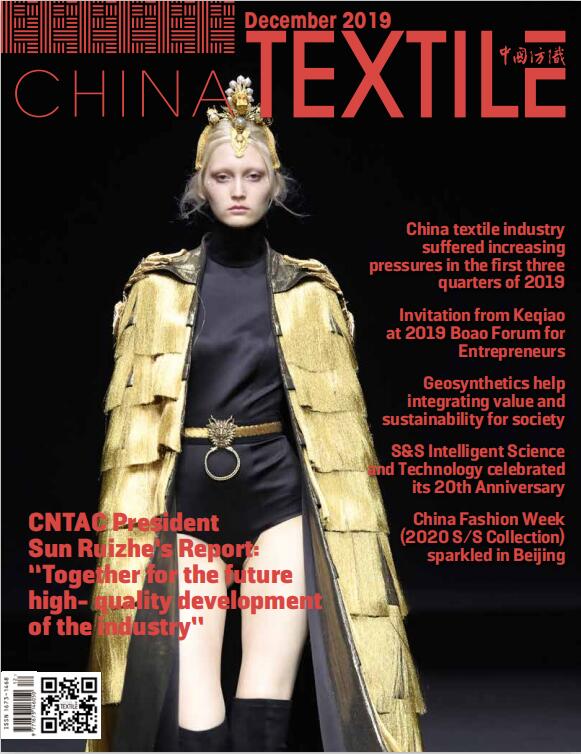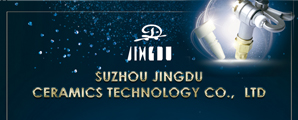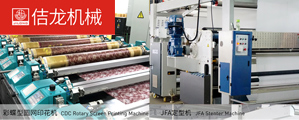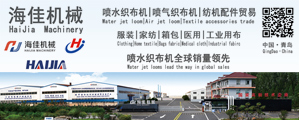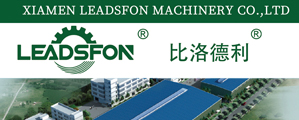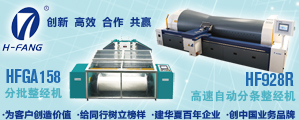Haijia Machinery: Chinese products should strive for self-strengthening with core technology
Aug 07, 2025 | by Niu Fang, Zhong Mengxia
The global textile supply chain is rapidly reshaping. China's textile industry faces unprecedented challenges and opportunities in its high-end transformation. Breaking through hinges on independent innovation in core technologies and domestic substitution for textile machinery.
News that Wanzhou Group, a leading textile company in Lanxi, Zhejiang, is replacing imported air jet looms with domestic ones has drawn significant industry attention. Driving this pivotal shift is Qingdao Haijia Machinery Co., Ltd. (hereinafter refered to Haijia Machinery), a previously little-known domestic player in the air jet loom sector.
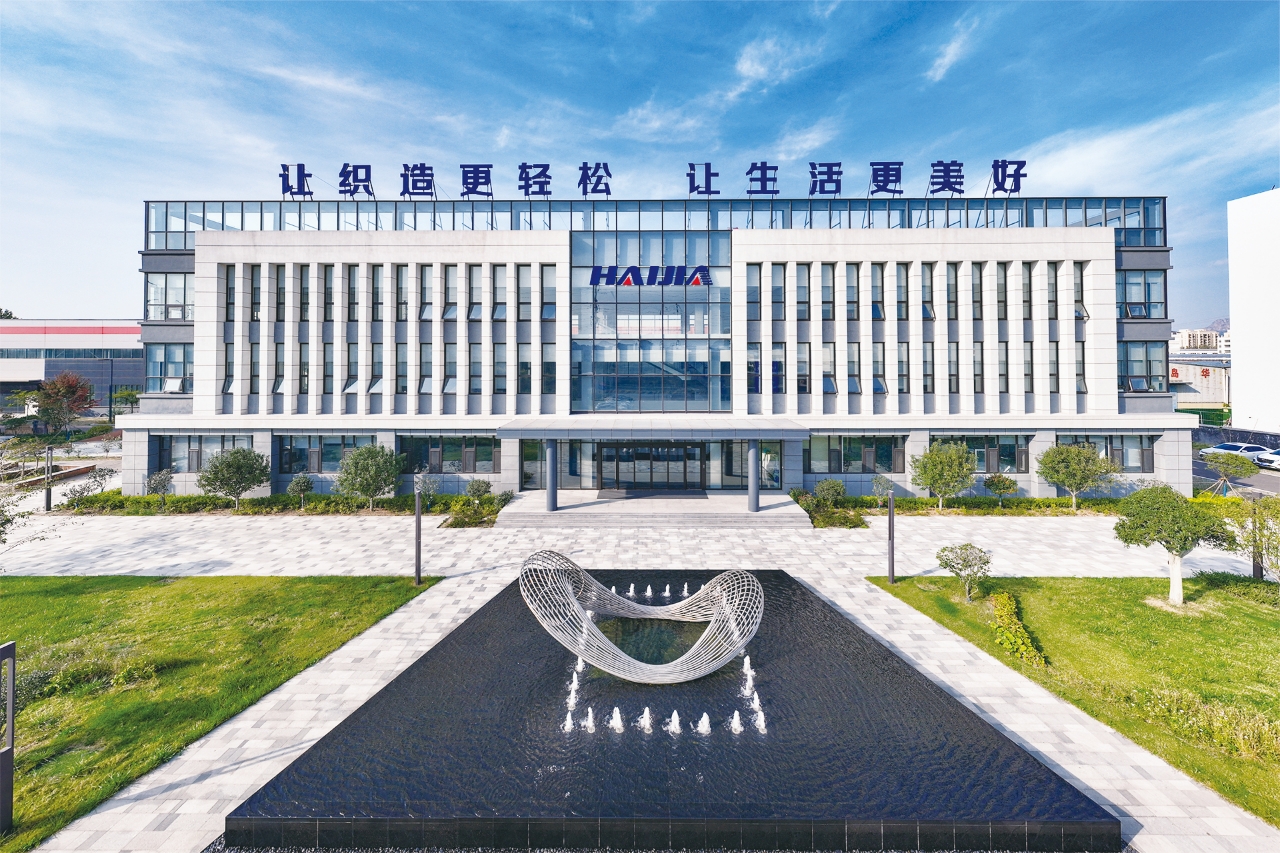
How did Haijia Machinery achieve its leapfrog development in air jet looms? We interviewed General Manager Liu Jingran in Qingdao. Liu recounted that Haijia entered the air jet loom market in 2012, a market then dominated by imports. Chairman Wang Anjian set a clear goal: "Either don't do it, or do it to replace imports." Guided by this vision, Haijia committed to a high-end, branded development path, benchmarking against imports for a decade.
Practicing long-termism against inefficient and useless competition
Before air jet looms, Haijia had years of experience in water jet looms. Founded in 1995, the company has consistently focused on shuttleless looms, with core products including water jet looms, air jet looms, and cam shedding machines. Haijia has sold over 160,000 water jet looms, holding a dominant market share domestically and internationally for years. Major clients include Hengli Group, Tongkun Group, Toray, and Teijin. Haijia is clearly the "hidden champion" in water jet looms, with its latest generation leading the industry in stability, speed, and efficiency.
Liu explained that Haijia planned its air jet loom entry over a decade ago while excelling in water jet looms. At that time, despite China's massive global textile manufacturing share, the domestic air jet loom market was ruled by imports. Japanese brands like Tsudakoma and Toyota, Belgium's Picanol, Italy's Itema, and Germany's Dornier enjoyed high repute. Domestic textile mills generally distrusted Chinese-made looms. Haijia faced not just technical barriers, but also low brand recognition and the ingrained belief that "imported is always better."
"Our initial promotion in the Shengze market, where we had strong recognition from water jet loom clients, was deeply disappointing," Liu recalled. The domestic air jet loom market was fiercely competitive, filled with imitative products and severe homogenization. This "unhealthy competition" trapped the industry in self-destructive cycles.
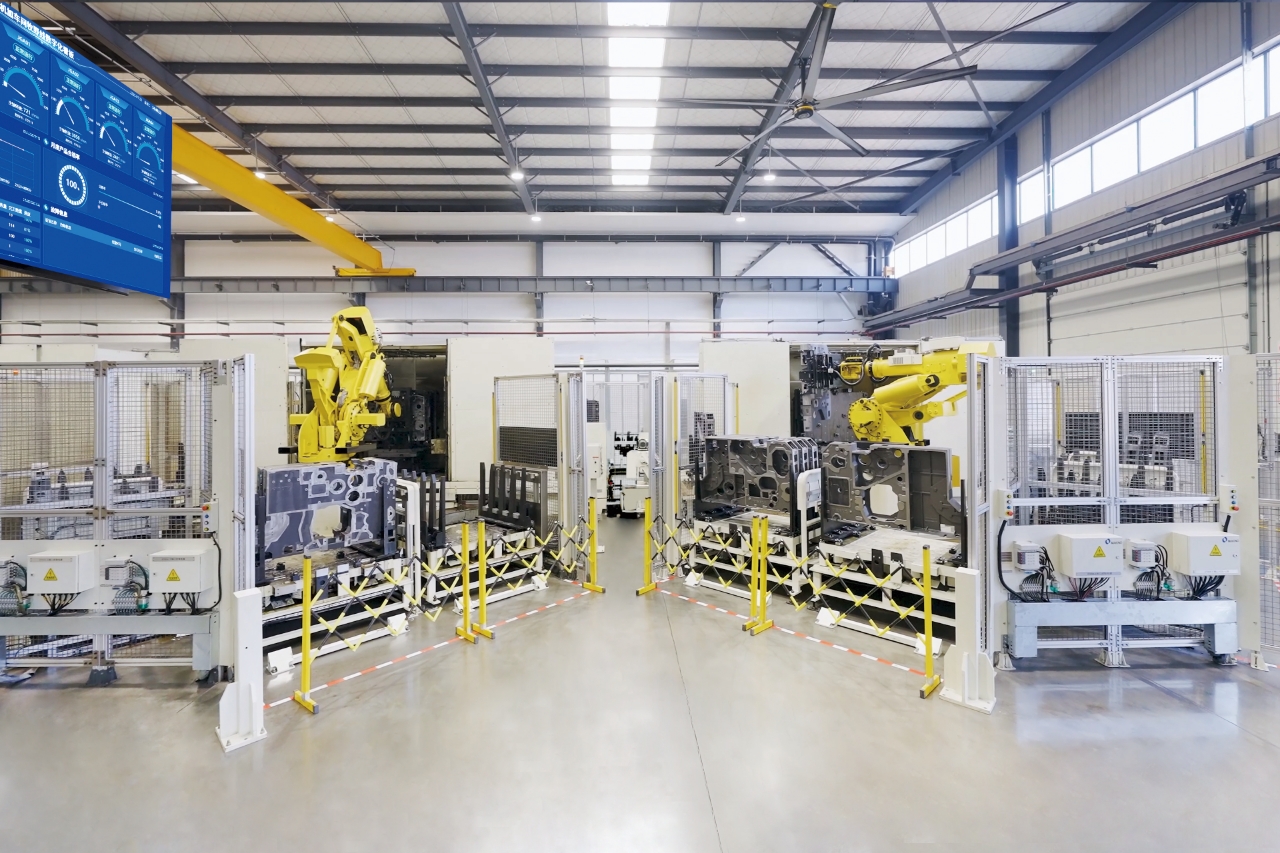
Haijia priced its looms below imports but above domestic rivals, yet as a newcomer, its presence was weak. Companies willing to pay higher prices still preferred imports. Haijia understood that domestic brand ascension isn't instant. Facing these hurdles, they persevered, accumulating experience and technology, despite internal doubts and debates.
Between 2016 and 2017, intense internal discussions focused on product positioning and strategy. While some advocated for "volume first, quality later," Chairman Wang Anjian insisted on prioritizing quality and pursuing the "import substitution" path. Management united behind this long-term vision: strengthen the profitable water jet loom business to sustain the company while continuously investing resources into air jet loom R&D, technological breakthroughs, and quality improvement, steadfastly benchmarking against imports.
Partnering with clients to write a legend
Over the past decade, Haijia invested heavily in air jet loom R&D, enduring countless failures and setbacks, including losing key technical staff over differing visions. Yet, the determination to "import substitutes" and "make domestic looms truly stand tall" drove the team forward.
The turning point came two years ago. Liu recalled that Pacific Textile, transitioning from trading to manufacturing, was evaluating air jet looms. Fabric mills in Nantong recommeded Haijia to Pacific Textile Machinery. Shared needs and development philosophies led to Pacific Textile Machinery placing an order for 500 Haijia air jet looms – Haijia's first major "entry ticket."
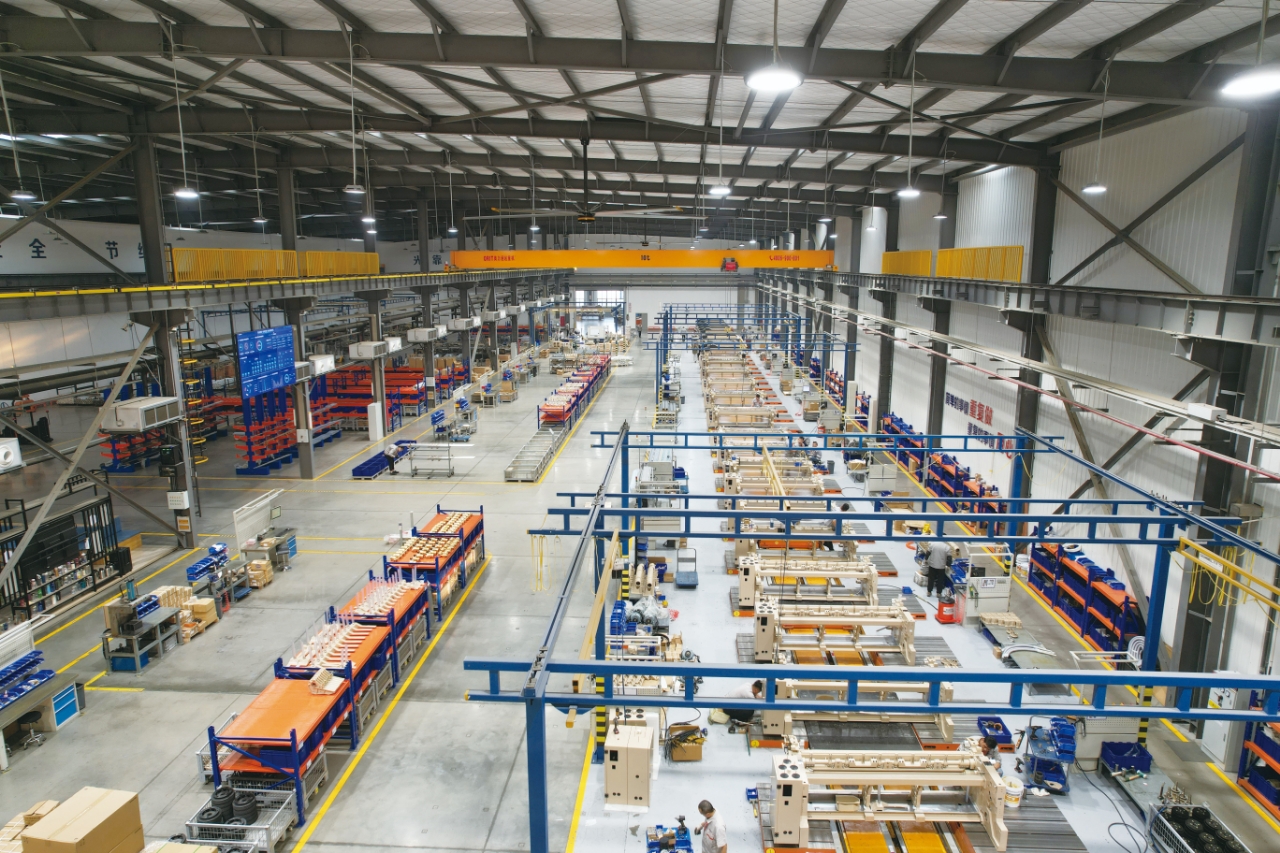
Haijia was ready. While typical domestic 280mm air jet looms ran at 550-580 rpm, Haijia's machines at Pacific Textile Machinery averaged 680 rpm, peaking at 750-780 rpm. This success boosted market recognition. When learning of Zhejiang Wanzhou's new investment plans, Liu seized the opportunity.
Zhejiang Wanzhou Holding Group, ranked 9th in China's cotton textile industry and 2nd in grey cloth revenue, specializes in high-end fashion and home textiles. Producing billions of meters annually, it operates nearly 5,000 air jet looms – all imported Japanese machines – demanding extreme performance, efficiency, and quality.
Although Wanzhou used all imports, it actively monitored domestic loom development and have tested many different Chinese brands. In 2021, Wanzhou's Production Executive President Xu Jianjun noticed a Haijia prototype exceeding 1100 times weft insertion per minute at a trade show. After extensive technical discussions and countless on-site testing at Wanzhou, including deploying 6 Haijia’s engineers long-term, Haijia's looms won Wanzhou's high approval due to exceptional stability and performance data. This breakthrough finally gave domestic looms the confidence to compete head-to-head with imports.
Haijia's air jet loom sales surged domestically and internationally. Liu reported domestic market growth exceeding 200% in 2024. Exports expanded with service centers established in Vietnam and India, leading to a 161% year-on-year increase in air jet loom exports in 2025. Haijia's success stems from relentless pursuit of technological excellence.
Breaking barriers with local ingenuity
As Haijia's air jet looms gained traction downstream, they reshaped the domestic market landscape. Liu Jingran knows that sustained leadership requires continuous innovation to fully surpass imports.
Wanzhou utilizes Haijia's HA-9020N series air jet loom. This high-speed model addresses inefficiencies of older designs. Key innovations include: Integrated side frame; Optimized beat-up structure and supports; Enhanced weaving software; Improved air circuit connections.These improvemnets achieve high speed, energy savings, and environmental benefits. With a design speed up to 1200 rpm, maximum width of 380cm, and versatile configurations, it reliably produces high-quality, stable fabrics.

The HA-9020N embodies Haijia's meticulous focus from design to manufacturing and debugging, enabling it to excel alongside imports. Import substitution is a continuous thread in China's industrialization and industrial upgrade. Early in the 14th Five-Year Plan period, the national strategy emphasized "high-quality import substitution." By the Plan's end, Haijia Machinery realized this goal in the air jet loom sector.
The journey from lab to production line isn't mere copying; it's a transformation from follower to peer, and ultimately to leader. When Haijia's self-developed air jet looms roar alongside imports in Wanzhou's factories, and their operating systems display smooth interfaces, we see more than items replaced on an import list. We witness an industry reborn – from imitator to definer. This moment clarifies: substitution's essence is using local ingenuity to shatter foreign barriers.

Amidst rising global uncertainty and complex international relations, mastering core technologies is the trump card. Concluding the interview, Liu Jingran stated: "We are highly confident in the future of our air jet looms. We will keep deepening our domestic market presence, solidifying partnerships with clients to create more industry exemplars. Simultaneously, we will offer cost-effective, tailored products and solutions for diverse regional and niche markets. We are actively expanding overseas, especially in emerging textile hubs like Southeast Asia, South Asia, the Middle East, and Africa, while gradually entering mature markets. We remain committed to the high-end shuttleless loom sector, driving continuous technological advancement in the industry."


